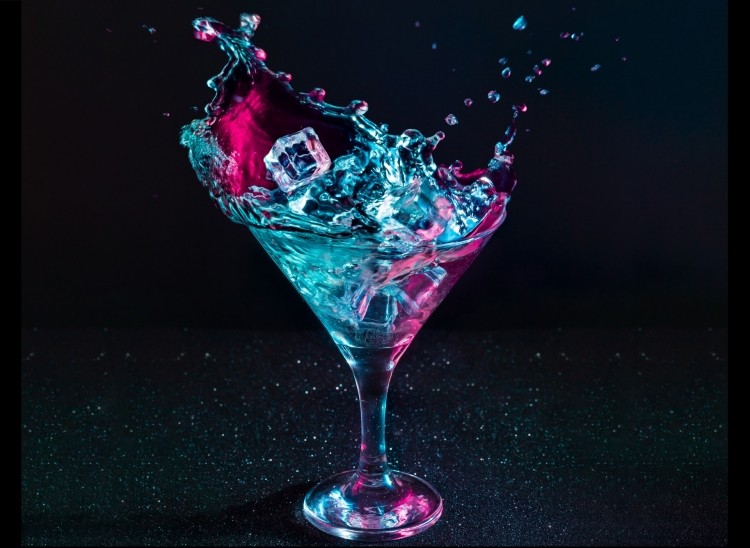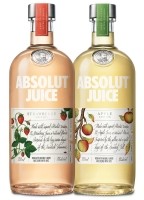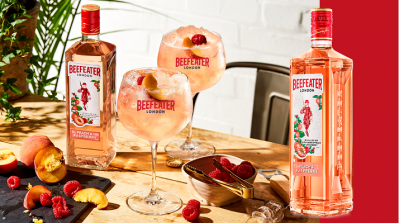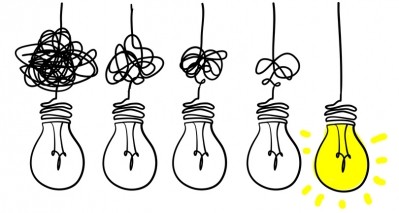Embracing disruption: Five strategies alcohol brands are using to stay ahead

Last year, White Claw hard seltzer surpassed every alcohol beer in the US market. It was a seminal moment and a wake up call to the industry. It is almost hard to believe there would be a time that a hard seltzer would outsell craft beer. But similarly, several years ago, it would have been equally unfathomable to think that craft beer - then the preserve of true connoisseurs - would become mainstream.
In response to White Claw’s success, every big-name beverage brand is now launching their own hard seltzer. It’s tempting for other brands to produce a me-too product. However it would be better to understand why an innovation succeeds than simply copying it. In fact brands adopting this strategy will forever be playing catch up. After all, simulation is not innovation.
Brands need to start with the motivations of their customers and their interactions – what Vivaldi calls an ‘interaction field’ – to gain the cultural clairvoyance to genuinely innovate and stay relevant. Following extensive analysis of brands in the sector we have identified some key strategies alcohol brands need to adopt to stay ahead of the curve.
1) Flip your thinking to focus on solutions, not products
It is critical for alcohol brands to establish the role and worth of their products in a customer’s life. Crucial to this is starting with their needs, rather than just thinking how can I sell more of product X?
This will help you avoid hasty expansions that take your brand from its roots. Key to this is keeping your product consistently relevant in the lives of your target audience.
A good example of this is Pernod Ricard USA’s Absolut Juice – the company’s 35% ABV premium offering blending its vodka with juice and natural flavors. The product was launched in response to the changing nature of Gen Z consumers’ consumption. This innovation was targeted at new, earlier‐in‐the‐day occasions including brunches and barbecues.
2) Ensure your narrative contains 'Purpose'
We have moved from a world of shareholders to ‘shared value’. Customers want to know how your brand is helping to tackle the challenges mankind is facing.
Of course this needs to be built on genuinely sustainable foundations and not just ‘greenwashing’ or ‘woke washing’.
For example Budweiser has committed to brewing its products with 100% renewable electricity by the end of 2020 in the UK. It is a bold goal and the brand is ensuring it links all parts of its supply chain. It has also launched a partnership with renewable electricity supplier Opus Energy to offer an exclusive renewable energy tariff to pubs that stock the brand.
3) Create solutions focused on a specific segment
The downside of ‘me too’ product-led innovation is that, whilst you may get a slice of the pie, it remains the same size overall. Meanwhile your attention is less focused on core products.
Relentless product variants can clutter a market rather than serve it. The challenge is how to achieve segmentation at scale?
One solution is premiumisation. Even during economic uncertainty, premium alcohol brands can deliver affordable luxury. Coffee is a category beers, wine and spirits could learn from. It has the mass-connoisseurship that alcohol brands should study closely for inspiration for premiumisation. Coffee lovers will happily visit a local coffee shop for a cup of pour-over coffee paying double the cost of a regular drip coffee. For home brewing, they buy single origin, whole-bean coffees that retail for more than twice as much as the traditional mainstream brands.
4) Stimulate genuinely disruptive alcohol brand innovation
Today’s alcohol brands must have the flexibility to shift with the current times. You need to be open for innovation at every point in the customer journey.
In the alcohol market there has been a distinct shift toward reducing the amount of sugar contained in various products. One innovation that has emerged is lighter wines with less sugar and calories. This is in response to more health-conscious consumers.
An example of this is FitVine, a brand of wines focused on serving an audience looking for products with low sugar, carb, and calorie content. Meanwhile Erdinger’s alcohol free brand can claim to be healthy as it contains vitamins B12, folic acid and polyphenols. This is an appealing message to a health-conscious audience directly challenging the negative perceptions of alcohol.
5) Ensure there is constant two-way consumer communication
Consumers should be an integral part of the value creation of your company. It is therefore critical to look for different ways to encourage connections with your audience. How easy is it for consumers to receive your products? Does your website provide a way for customers to find shops that deliver to their doorstep? Does your marketing funnel include linking up with subscription services?
Also, don’t limit yourself to the traditional retail model when it comes to getting your beverages to consumers. A disruptor in the market, Drizzly is a two-sided market that connects retailers with interested beverage drinkers to have drinks delivered directly.
Mimicry is not a long term strategy. Instead the approach should be thinking of alcohol brands as a platform for interaction, engagement and experience. This is the best way to stay ahead of the curve.
About Vivaldi: Vivaldi is one of the largest independent global business and brand transformation firms, with offices in the US, Europe, Latin America and Asia. Vivaldi’s 'strategy-to-action approach helps build strong brands, drives disruptive innovation and delivers in market impact'. Vivaldi has worked with some of the world's largest alcohol brands including; AB InBev, Bacardi, Absolut Vodka and William Grant & Sons.










